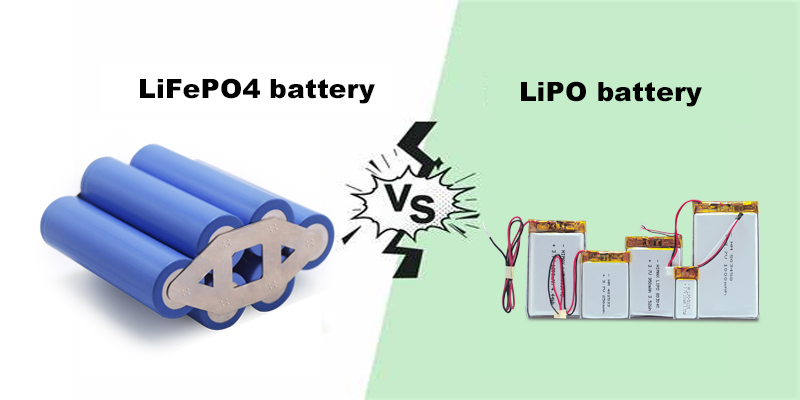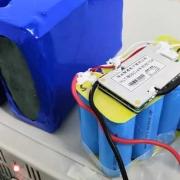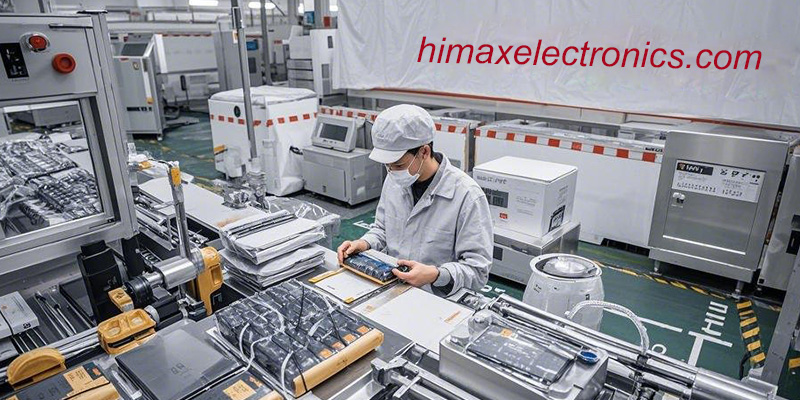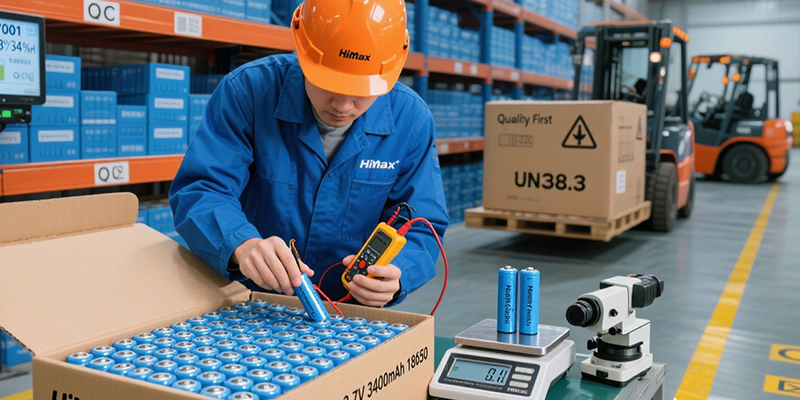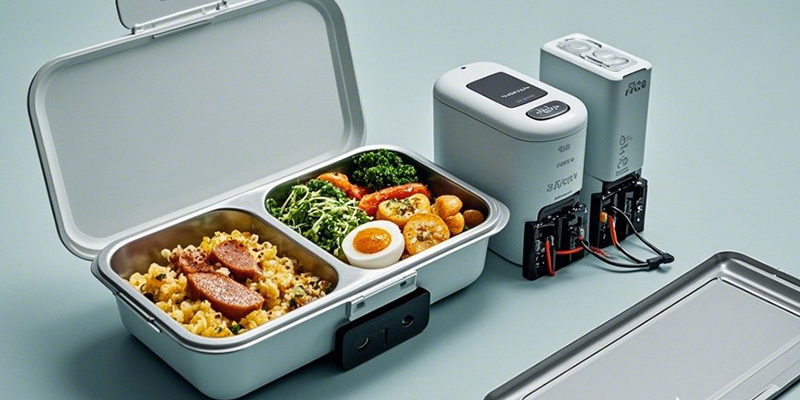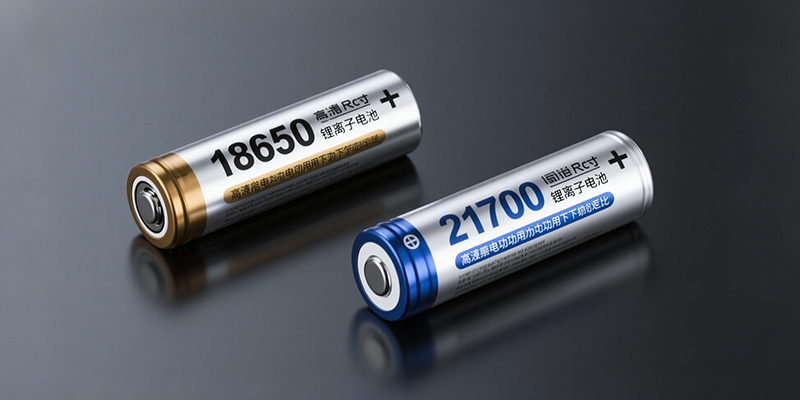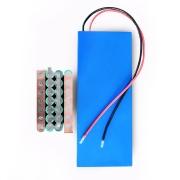Comparison of Li-ion, LiPO (Lithium Polymer), and LiFePO₄(Lithium Iron Phosphate) batteries advantages and disadvantages.
1. Li-ion (Lithium-ion)
Typically refers to cylindrical (e.g., 18650 li-ion) or prismatic cells using NMC or NCA chemistry.
✅ Advantages:
High energy density → longer run time for given size/weight.
Relatively long cycle life (500–1000+ cycles).
Low self-discharge (~1–2% per month).
Widely available and mature technology.
Stable form factor (especially cylindrical 18650/21700 cells).
❌ Disadvantages:
Thermal runaway risk if punctured or overcharged.
Needs precise BMS protection to ensure safety.
Capacity drops in high temperature or over time.

2. LiPo (Lithium Polymer)
A subset of Li-ion using a gel-like electrolyte, typically found in soft pouch cells.
✅ Advantages:
Very lightweight and thin, excellent for drones, RC, and custom-fit designs.
High discharge rates (C-rate) – great for burst power.
Flexible shapes/sizes available.
❌ Disadvantages:
Less mechanically stable – more prone to swelling and damage.
Shorter cycle life (300–500 cycles) compared to cylindrical Li-ion.
High risk of fire if punctured or improperly charged.
Requires very careful charging (must use a LiPo charger with balance).
3. LiFePO₄ (Lithium Iron Phosphate)
Known for high safety and longevity, commonly used in solar, UPS, and EV applications.
✅ Advantages:
Extremely long cycle life (2000–5000+ cycles).
Very safe – no thermal runaway or fire under normal conditions.
Wide temperature tolerance.
Flat voltage curve → consistent power output.
Environmentally friendlier than cobalt-based cells.
❌ Disadvantages:
Lower energy density (~90–120 Wh/kg) → larger and heavier for same capacity.
More expensive per Wh in some cases (though decreasing).
Lower voltage per cell (3.2 V nominal vs 3.7 V for Li-ion) → may require more cells in series.
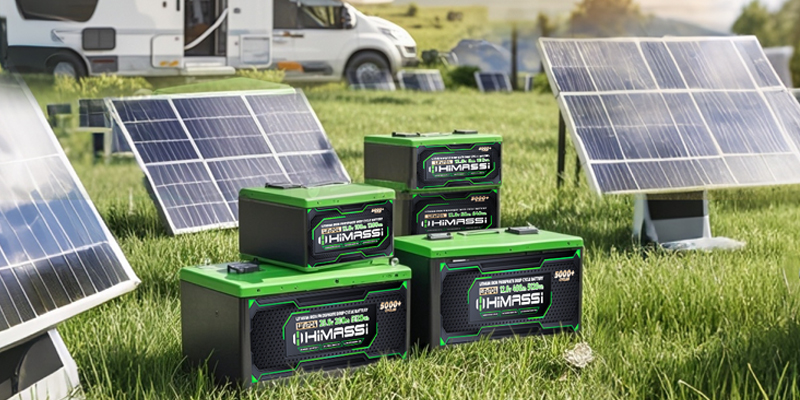
Battery Technology Comparison Table
| Feature | Li-ion | LiPO
(Lithium Polymer) |
LiFePO₄
(Lithium Iron Phosphate) |
| Nominal Voltage | 3.6–3.7 V | 3.7 V | 3.2 V |
| Specific Energy Density | 180–250 Wh/kg | 130–200 Wh/kg | 90–140 Wh/kg |
| Volumetric
Energy Density |
400–700 Wh/L | 300–500 Wh/L | 220–350 Wh/L |
| Cycle Life | 500–1000+ | 300–500 | 2000–5000+ |
| Discharge Rate (C-rate) | Moderate
(1C–5C typical,some up to 8C) |
High
(up to 50C) |
Moderate
(1C–3C, some up to 10C) |
| Weight/Size Efficiency | compact, cylindrical | thin, flexible | bulky, heavy |
| Safety | Moderate
(needs BMS) |
Low
(swelling, fire risk if damaged) |
Very High
(thermally stable) |
| Temperature Tolerance | 0°C to 45°C | 0°C to 40°C | -20°C to 60°C |
| Form Factor | Cylindrical / prismatic | Flexible pouch | Cylindrical / prismatic |
| Self-Discharge Rate | ~2%/month | ~5%/month | ~3%/month |
| Best Use Cases | Consumer
electronics, tools |
Drones, RC, wearables | Solar, EVs, UPS, storage |
Energy Density Comparison (Chart)
| Battery Type | Wh/kg (Energy/Weight) | Wh/L (Energy/Volume) |
| Li-ion | 180–250 Wh/kg | 400–700 Wh/L |
| LiPO | 130–200 Wh/kg | 300–500 Wh/L |
| LiFePO₄ | 90–140 Wh/kg | 220–350 Wh/L |
Li-ion: Best balance of size and energy → great for compact applications
LiPo: Light and high-power burst, but less dense and less safe
LiFePO₄: Bulky, but ultra-long life and very safe

